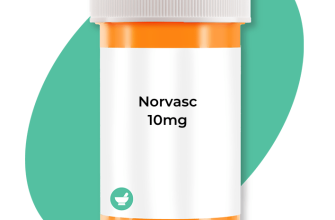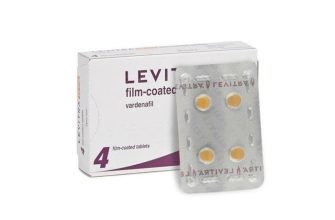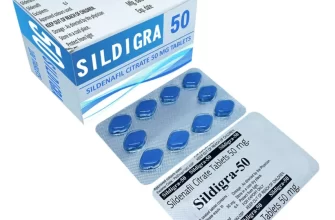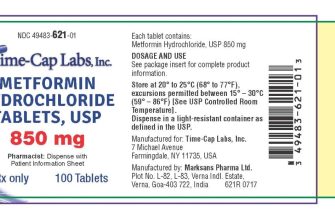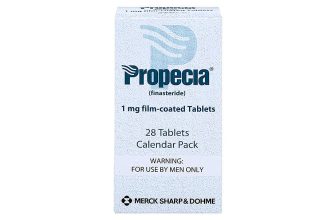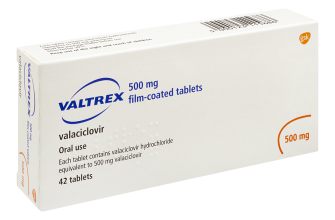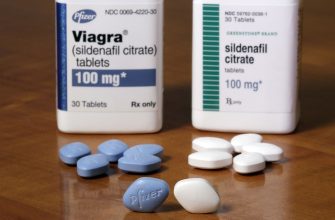Choosing Norvasc brings distinct benefits compared to its generic counterparts. One of the key advantages lies in its consistent quality. Norvasc, produced by Pfizer, adheres to strict manufacturing standards, ensuring each tablet contains the precise dosage and formulation needed for optimal effectiveness.
Another consideration is the level of experience and research backing Norvasc. Extensive clinical studies support its safety and efficacy, providing reassurance for healthcare providers and patients alike. This evidence may lead to greater confidence in prescribing and using Norvasc over generics.
Additionally, patients often report fewer side effects when using Norvasc. The formulation includes inert ingredients that are carefully selected, reducing the likelihood of allergic reactions or sensitivities that might arise with generic versions. This aspect can make a significant difference in patient experience and compliance.
Consult your healthcare provider to determine if switching to Norvasc is the right choice for your health needs. With its proven track record, consistent quality, and potentially better tolerability, Norvasc stands out as a compelling option in hypertension treatment.
- Norvasc Advantage Over Generic
- Quality Control and Manufacturing Standards of Norvasc
- Clinical Efficacy and Safety Profile Compared to Generic Alternatives
- Patient Compliance and Brand Recognition in the Treatment of Hypertension
- Impact of Brand Recognition on Patient Adherence
- Educational Resources and Support
Norvasc Advantage Over Generic
Norvasc offers a distinct edge compared to its generic counterparts due to its consistent formulation and manufacturing quality. The original brand is produced by Pfizer, ensuring strict adherence to regulatory standards and rigorous quality control processes, which can sometimes vary in generics.
Patients often report more predictable outcomes with Norvasc. This can be particularly important for managing blood pressure effectively. Variations in the active ingredients or additives in generics can lead to different absorption rates, potentially impacting efficacy.
Moreover, Norvasc has a well-documented safety profile based on extensive clinical studies. This research supports its reliability over time, giving healthcare providers more confidence when prescribing it compared to generics that may not have the same level of documented use.
For those concerned about side effects, documentation from Norvasc allows for better monitoring and management of any adverse reactions, as the brand has a long history of patient use, offering valuable insights into its effects and interactions.
Patients transitioning from generic versions to Norvasc could experience improved tolerance and fewer complications, enhancing overall adherence to treatment plans. This is particularly beneficial for individuals with complex health conditions requiring stable medication regimens.
In summary, while generics serve as a cost-effective option, the quality assurance, reliability, and extensive clinical backing of Norvasc provide compelling advantages when it comes to specific patient needs and outcomes. Choosing Norvasc may lead to better health management and ultimately, improved quality of life.
Quality Control and Manufacturing Standards of Norvasc
Norvasc adheres to stringent quality control measures throughout its manufacturing process. Each batch undergoes rigorous testing to ensure purity, potency, and consistency, meeting the stringent guidelines set forth by regulatory bodies.
The active ingredient, amlodipine besylate, is sourced from reliable suppliers who meet high-quality standards. This sourcing guarantees that the raw materials align with the specifications required for pharmaceutical use.
Manufacturing processes take place in facilities certified by the U.S. Food and Drug Administration (FDA) and other international regulatory agencies. These facilities implement Good Manufacturing Practices (GMP), which involve meticulous monitoring of production environments, equipment, and procedures.
To maintain consistency, Norvasc undergoes stability testing over its shelf life, ensuring the drug remains effective and safe for use. Transparency in laboratory testing results builds trust, and independent audits frequently verify adherence to established quality benchmarks.
The MedTech systems in place facilitate real-time quality monitoring, allowing for immediate identification and rectification of any deviations from the standard. These proactive measures contribute to the high reliability and performance of Norvasc compared to generic alternatives.
Patient safety is prioritized, and strict adherence to all safety protocols further enhances Norvasc’s reputation. The manufacturing ethos prioritizes delivering a product that healthcare providers can trust for their patients.
Clinical Efficacy and Safety Profile Compared to Generic Alternatives
Norvasc demonstrates a robust clinical efficacy for managing hypertension and angina, often showing superior results in patient response compared to generic versions of amlodipine. Clinical trials indicate that Norvasc can lead to more consistent blood pressure control, reducing systolic and diastolic pressures significantly more than many generics.
The proprietary formulation of Norvasc contributes to its stability and absorption characteristics, enhancing bioavailability. Patients using Norvasc often report fewer side effects, particularly regarding edema, which can be a concern with some generic formulations. Studies highlight a lower incidence of adverse reactions, making it a favorable option for those sensitive to medication side effects.
Additionally, Norvasc has a well-documented safety profile established through extensive pre-market and post-market surveillance. The thorough evaluation process has identified and addressed potential safety issues more effectively than that of generic alternatives. Physicians typically consider this when prescribing, noting that the brand’s comprehensive data may inspire more confidence in clinical decision-making.
For long-term use, Norvasc has shown reliable outcomes in maintaining stable blood pressure levels over time, while some generics may have variances in potency. Reports suggest that adherence to treatment is higher among patients using branded medications due to improved tolerability and effectiveness, which can ultimately lead to better health outcomes.
When choosing a medication for hypertension or angina, Norvasc’s established efficacy and safety advantages provide compelling reasons to prefer it over generic alternatives, particularly for patients requiring careful management of their condition.
Patient Compliance and Brand Recognition in the Treatment of Hypertension
Choosing branded medications like Norvasc can significantly improve patient compliance. Recognizable branding creates familiarity, which can lead to trust in the product. Patients often feel more secure using a well-known brand, knowing that it has undergone rigorous testing and is backed by a reputable manufacturer.
Impact of Brand Recognition on Patient Adherence
Patients frequently adhere better to medications they recognize. A study indicated that patients prescribed brand-name drugs were more likely to maintain consistent usage compared to those on generics. The psychological comfort associated with familiar brands can bolster adherence, reducing the likelihood of missed doses.
- Brand familiarity decreases anxiety surrounding treatment.
- Patients tend to discuss well-known brands with healthcare providers, leading to reinforce support.
- Easy identification ensures patients remember to take their medication.
Educational Resources and Support
Patients can access invaluable resources from brand manufacturers. These often include detailed information on drug effects, lifestyle tips, and reminders for medication adherence. Such educational support enhances the overall treatment experience, making it easier for patients to manage their hypertension effectively.
- Use manufacturer websites for accurate information on dosage and side effects.
- Participate in patient assistance programs for support and resources.
- Join community forums associated with the brand to hear about others’ experiences.
Encouraging patients to stick with recognized brands can lead to better health outcomes. Improved adherence may result in fewer hospital visits and a lower risk of complications, benefiting both patients and healthcare systems alike.


